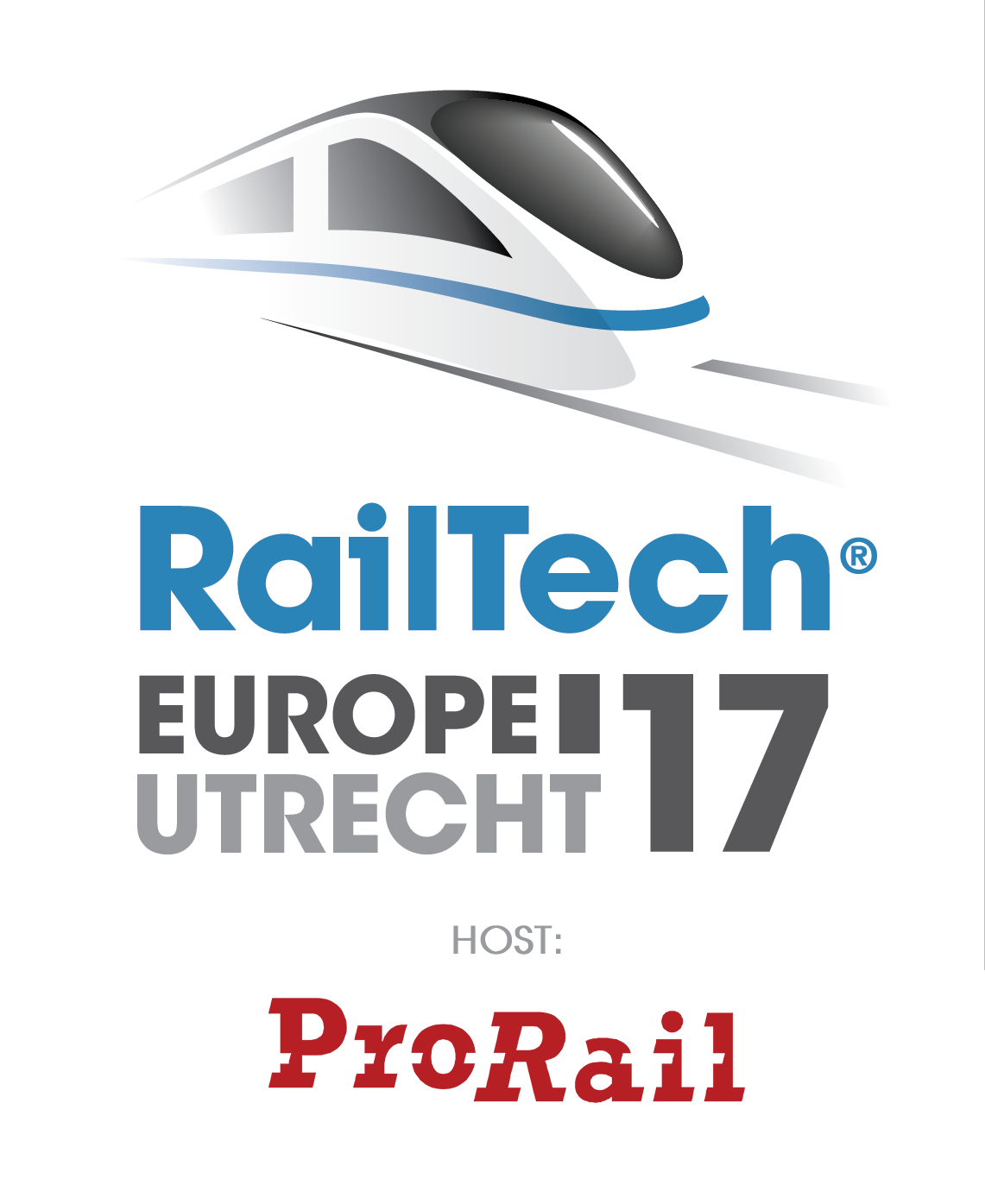 Abstract
Abstract
Johannes Neuhold
Teaching and Research Associate at Institute for Railway Engineering and Transport Economy at Graz University of Technology
Presentation title:
Networkwide Ballast Strategy
Quote:
„Efficiency and sustainability within maintenance and renewal strategies can only be achieved by predicting, which measure has to be executed at which point of time!“
Summary:
Ballast is a very essential component within the track-construction and has to be focused also in an economical way because of its high costs. In consequence of heavy loads due to railway operation, track quality deteriorates very fast and the ballast has to be cleaned. In general ballast cleaning should be executed as a part of total renewal. However, sometimes it can be preferable to clean the ballast in form of track maintenance if the residual service life of track remains high enough. Hence, it is essential to investigate, if ballast cleaning as a maintenance action is reasonable in a technical as well as in an economical way.
The present methodology uses fractal analyses of vertical track geometry in order to describe the ballast condition. Hence, it is possible to detect track sections with poor ballast quality and to predict ballast condition over time.
Further, this technical knowledge is combined with sophisticated Life-Cycle-Cost evaluations. For estimating the critical year of the life cycle, at which ballast cleaning in form of track maintenance is not reasonable anymore, the method of monitoring cost-annuities is applied. The analyses show that ballast cleaning is reasonable in an economic way until two-thirds of the estimated service life are achieved (static calculation). Due to a dynamic calculation, ballast cleaning is economically sensible until three-quarters of the estimated service live are reached.
By combining the results of the technical and economical evaluation, a method is developed to find the most reasonable ballast-strategy. Therefore, only three parameters are required: (1) the current condition of ballast evaluated by fractal analyses, (2) the age of track and (3) the estimated service life of track. This method enables to calculate current demands as well as predicting future demands for ballast cleaning as a maintenance action and as a part of total renewal. The method is applied to 4,200 km of track in Austria and shows promising results.
Bio:
Johannes Neuhold studied Civil Engineering at Graz University of Technology. Since 2014 he has been Teaching and Research Associate at the Institute of Railway Engineering and Transport Economy. His main research topics are track-maintenance, analysis of measuring data and economic evaluations of railway infrastructure projects. Currently he is working on his PHD-Thesis that is focused on automatic maintenance planning. As teaching staff, he gives lectures that are dealing with the basics of railway engineering and demand based infrastructure development.
The RailTech Europe 2017 Conference will explore the following three themes:
- Day 1 – 28 March 2017: European Railway Traffic Management System (ERTMS)
- Day 2 – 29 March 2017: Digitalisation in Railways
- Day 3 – 30 March 2017: Maintenance of Rail Infrastructure
